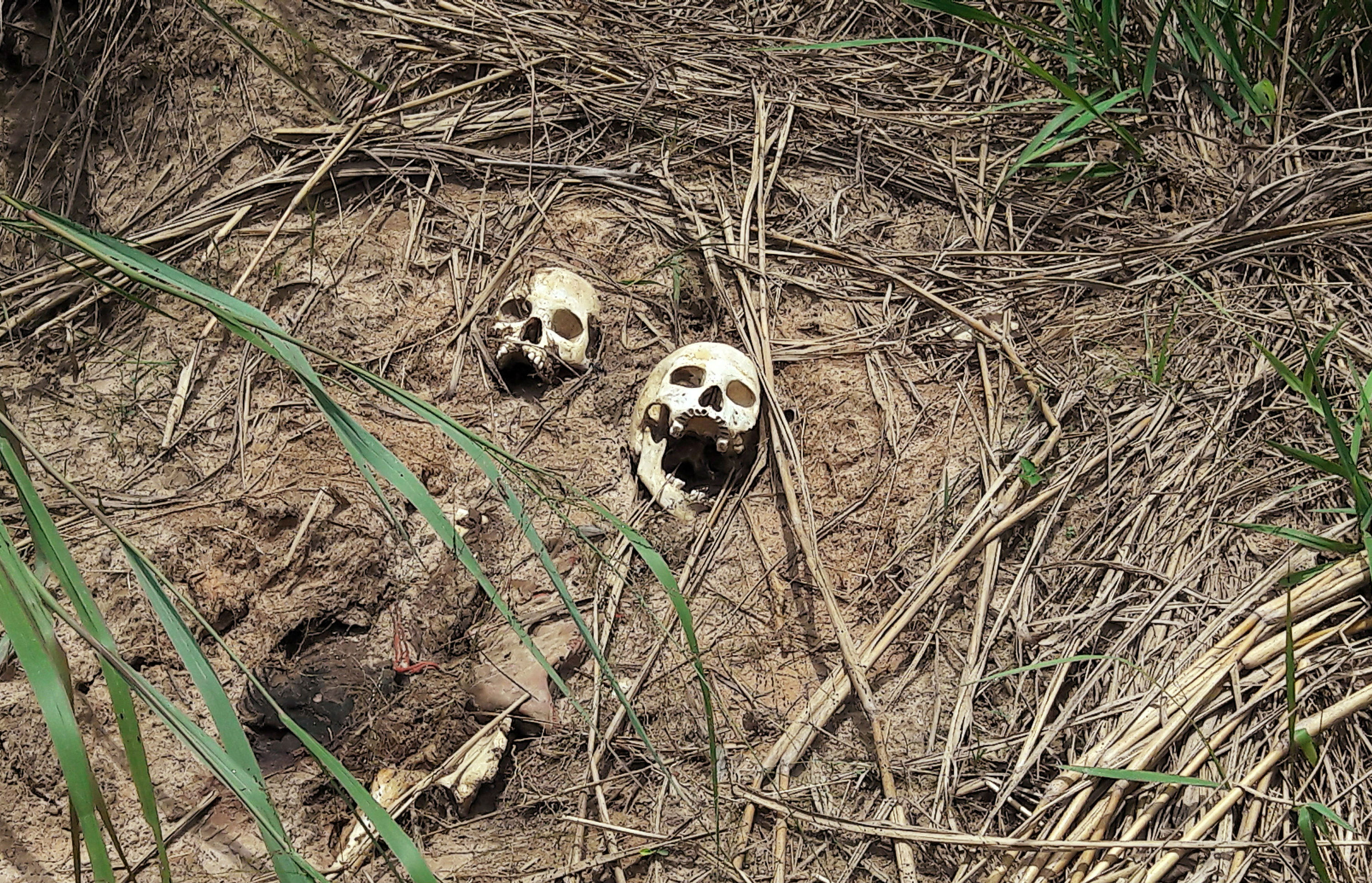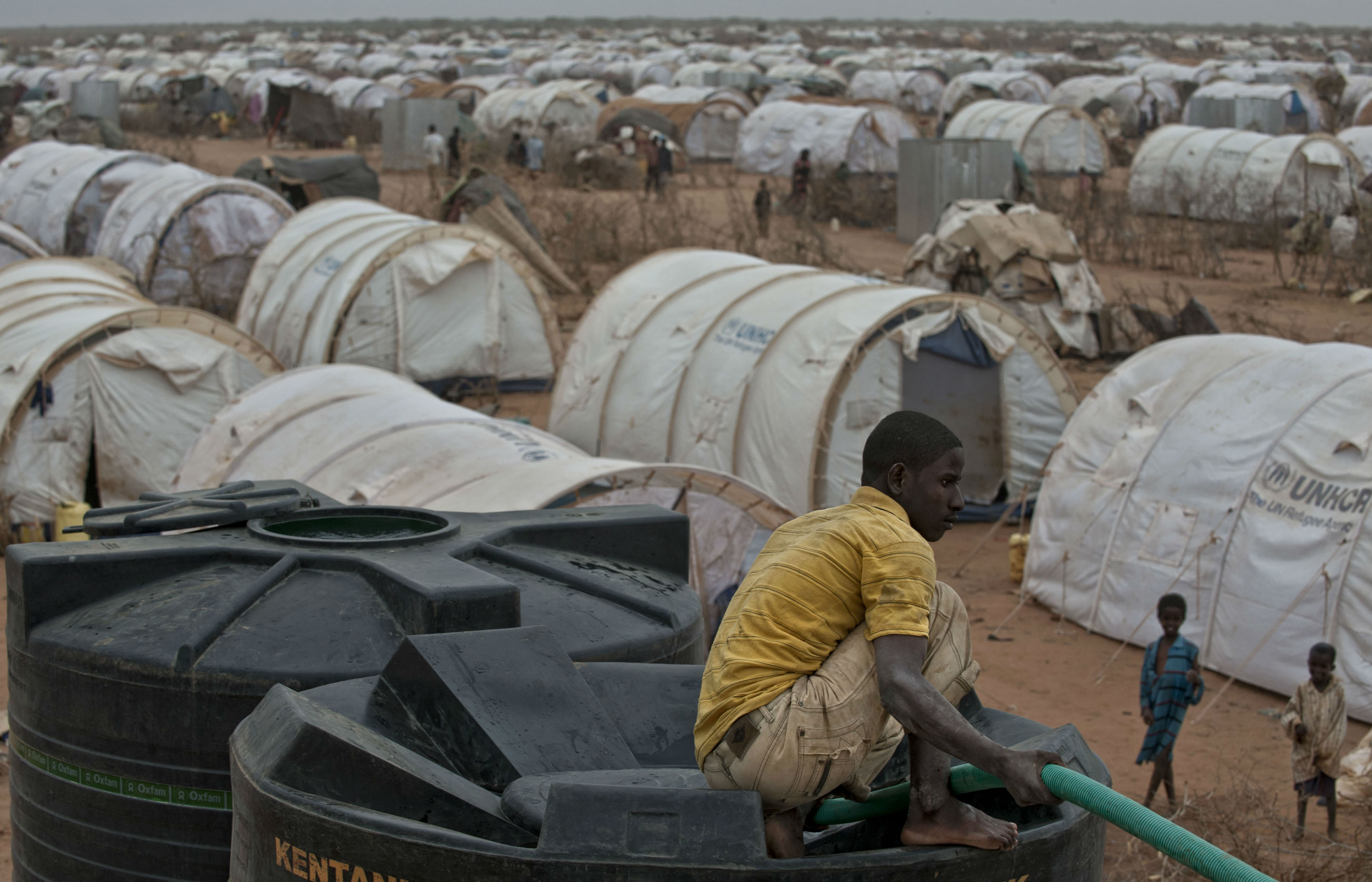World Refugee Day yesterday was marked with particular emphasis in Nairobi, Kenya. The country hosts 500,000 refugees, the highest number in Africa after Ethiopia and Uganda. A quarter of a million of these people are housed in Dadaab camp, whose five complexes make it the biggest in the world.
A special event in the University of Nairobi’s graduation square hosted government officials, representatives from the United Nations Refugee Agency (UNHCR) that runs Dadaab camp, and refugees from South Sudan, Somalia, Ethiopia, Burundi and Democratic Republic of Congo.
The enduring conflict and instability in Somalia, and the recent escalating crisis in South Sudan, have seen hundreds of thousands of people from these countries fleeing to the relative stability of neighbouring Kenya.
“It is not easy to know that I have country I call my own,” said 24-year-old Nyechuol Ruai Kuol, a South Sudanese woman who has lived as a refugee since she was four years old. “With the 2011 independence [of South Sudan], I was happy I could go home, but things changed in 2013, making me a refugee once again. I still hope things will change and I will be able to go home since nothing is permanent.”
A mooted visit to South Sudan by Pope Francis and the Archbishop of Canterbury, Justin Welby, was last month put on hold.
Bishop Joseph Alessandro of Garissa, chairman of the bishops’ conference Commission for Refugees, Seafarers and Migrants, said the situation in the Dadaab camp was still “very delicate”. Government attempts to close the camp have met resistance, and some of the 72,000 who accepted voluntarily to go back to Somalia have since returned. “They don't find Somalia safe enough,” the bishop said. “I can say there has been very little change for the refugees in Kenya. The Government wants to close the camp but it’s not easy since there will be a big impact. It’s easier said than done.” He called for greater international efforts to stabilise regions blighted by conflict.
According to the UNHCR there are 65.6 million forcibly displaced people worldwide, with 30 per cent of these hosted in Africa. Of these 1.4 million are from South Sudan, 2.5 million from Afghanistan and 5.5 million from Syria.
On Monday, Jan Egeland, Secretary General of the Norwegian Refugee Council, warned that the system protecting refugees would collapse if rich nations did not step up support to poor countries hosting the migrants.
On Sunday, in a message for World Refugee Day, Pope Francis said that compassionate encounters with refugees can become a “factor of human growth”.
“Concrete care must be given to women, men and children fleeing from conflicts, violence and persecutions. We also remember in prayer those who have lost their life in the sea or in exhausting trips over land,” Francis said, before expressing the hope that “their stories of grief and hope become opportunities for fraternal encounter and true mutual knowledge.”
“Personal encounter with refugees dispels fear and distorted ideologies,” he continued, “and becomes a factor of growth in humanity, able to make room for sentiments of openness and the building of bridges.”
The celebratory singing and dancing by refugees in the university’s graduation square yesterday was perhaps just a small indication of what he was talking about.
PICTURE: Dadaab refugee camp, Kenya




 Loading ...
Loading ...